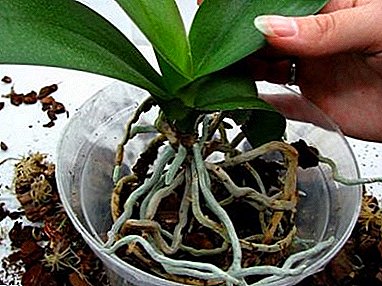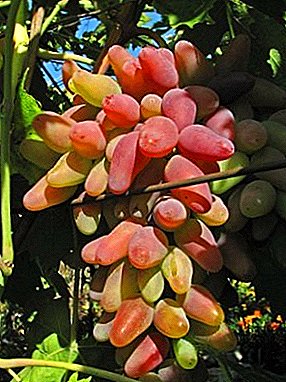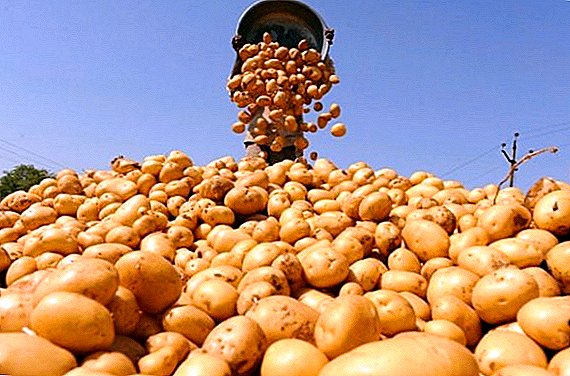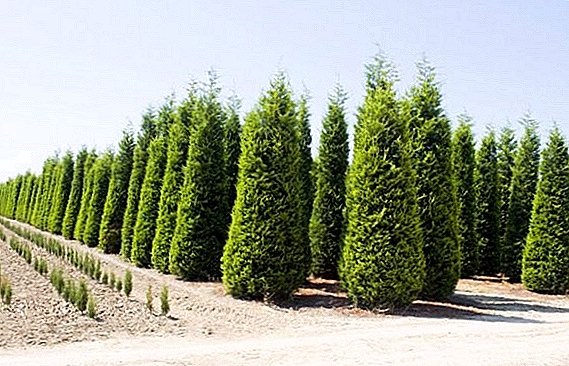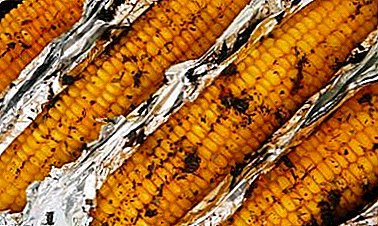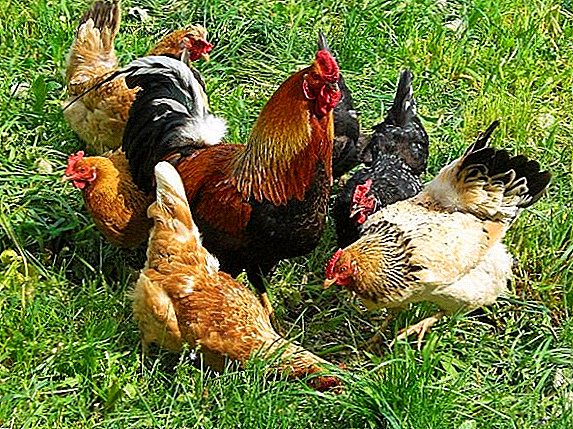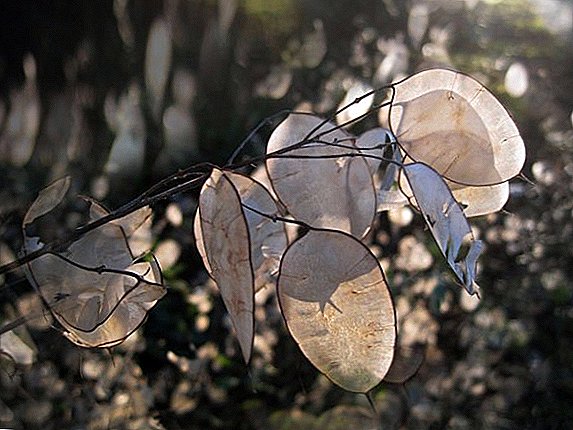 This flower has several names at once, which underlines its originality. It not only makes you pay attention to yourself, but also clearly stimulates human fantasy. Some saw in its fruits a resemblance to a full moon and, therefore, romanticly dubbed the plant Lunar, Lunnik, or Lunar Grass. More pragmatic citizens in the same original fruits revealed their similarity to coins, for which they called this flower a silver ruble or simply silver.
This flower has several names at once, which underlines its originality. It not only makes you pay attention to yourself, but also clearly stimulates human fantasy. Some saw in its fruits a resemblance to a full moon and, therefore, romanticly dubbed the plant Lunar, Lunnik, or Lunar Grass. More pragmatic citizens in the same original fruits revealed their similarity to coins, for which they called this flower a silver ruble or simply silver.
Description
This is clearly not the last member of the cruciferous family grows up to 90 centimeters in height and blooms with bright colors, painted in different variations of purple.
Sometimes they have a predominance of white. Flowers, which usually appear in mid-May and delight the eye for a little over a month, are quite fragrant, and the bees do not bypass them with their attention.
Did you know? The cabbage family also belongs to the cruciferous family, to which the wonderful flower Lunaria belongs.But the most remarkable feature of a lunaria is its fruit in the form of a flat and round pod with a silvery, almost transparent partition, through which you can observe seeds that have the ability not to lose their germination for three years.

Kinds
This flower is one-year and perennial, which is also called reviving. Consider their features.
Annual petunias, portulaks, begonias, asters, marigolds, snapdragons, calendula, verbenas, godecia, cosmeria, castor bean, delphiniums, rudbeckia are well suited for planting in the garden.
Annual
Oddly enough, but the one-year view in reality blooms only in the second year of its life. In the year of birth, he manages to develop only his foliar system.
Usually, seeds of Lunaria are planted in the ground at the very beginning of summer, and in early August, they are transplanted to where the plant will have to bloom next year. But some particularly impatient flower growers achieve flowering already in the first year, growing seedlings in greenhouses, starting in March.
The one-year lunik prefers to grow in a sunny place, but it tolerates a good shade too. It is not capricious in terms of the quality of the soil, but, like all flowers, it responds well to the fertility of the soil with a more violent flowering.  Therefore, if the soil in the garden is poor, then it does not prevent to improve with compost or peat with the addition of a standard set of mineral fertilizers.
Therefore, if the soil in the garden is poor, then it does not prevent to improve with compost or peat with the addition of a standard set of mineral fertilizers.
Important! Before sowing should pay attention to the type of seed. Their normal size in diameter is about 6 mm, and their color is dark brown.Since the seeds of Lunar have almost one hundred percent germination, you can immediately, without fear of future thinning, sow them at a distance of about 40 centimeters from each other and to a depth of about three centimeters. The beds with planted seeds must be watered well.
Lunik seeds sprout in a week. A plant that has sprung up and is gaining strength, likes watering abundant, but not too frequent. Two or three times a week is enough. But if the land under the plants dries quickly in hot weather, then watering should be done more often. The lack of moisture this plant tolerates worse than its excess.  Closer to winter, watering should be reduced, and then stopped altogether. Lunaria does not require special shelter for the winter. She is not afraid of cold and is able to withstand even severe frosts under the snow.
Closer to winter, watering should be reduced, and then stopped altogether. Lunaria does not require special shelter for the winter. She is not afraid of cold and is able to withstand even severe frosts under the snow.
Reviving
Unlike its one-year-old fellow, the perennial Lunar does not like sunlight to such an extent that it starts to grow and become yellower under the direct rays of the sun. Therefore, in nature, he chooses for himself forest tracts and coastal shrubs.
More than its one-year-old relative, Lunarium is demanding on soil fertility, preferring wet and well-fertilized soils.
Did you know? Lunik is an ancient plant. It is known that it grew in deciduous forests of the Tertiary period. In European culture began to spread in the XVI century.Once it was a common plant in Europe, but now with massive deforestation it has fallen into the category of endangered and in need of protection species of flora.
 It is possible to propagate the reviving lunik both by seed and by vegetative means.
It is possible to propagate the reviving lunik both by seed and by vegetative means.Since it does not tolerate the bright rays of the sun, it is preferable to grow it in shady areas of the garden. When planting, fertile soil should be dug to a depth of at least 20 cm, loosen it very thoroughly and moisten it well. Florists highly recommend adding humus and lime to it.
Seeds are sown on the eve of winter, almost before the snow finally falls to the ground. They are planted on the same principle as the seeds of an annual lunik, making the distance between them about 40 cm and extending 3-5 cm into the soil.
The plant grows in early May, forming the first pair of leaves, but the second pair appears only at the end of summer. The reviving type of lunaria begins to bloom only next year in May and continues to delight the eye with its bloom until July. And the silvery fruits of the moon ripen in early autumn.  This species can grow for a long time in the same place if suitable conditions are created for it.
This species can grow for a long time in the same place if suitable conditions are created for it.
Important! In no case should a perennial view of a Lunaria be transplanted.Although the lunik is reviving and loves wet soil, it is not necessary to overdo it with watering. Too much moisture can cause fatal rotting of the roots. But in the hot and dry period, constant watering is welcome. But after the full ripening of the fruit, watering is generally necessary to stop.
Pests and diseases
This plant has an amazing resistance to all kinds of diseases and pests. Only the scourge of the cruciferous family - the same name flea is able to bring trouble silversmith. But this harmful cruciferous flea is rather easily izvoditsya insecticidal preparations.
Learn how to deal with cruciferous fleas on cabbage and radish.Fungal diseases Lunar is extremely rare. But if it does happen, fungicidal agents successfully come to the rescue.

How to apply in design
In addition to reducing the area of forests in Europe, the reduction in the number of silversmith in nature was influenced by the extremely original appearance of its fruits. At the sight of these silvery translucent circles hanging on the stems, like Christmas decorations on a Christmas tree, very few people can safely pass by and not break this miracle.
Amaranth, celosia, helihrizum, craspedia, statice, gypsophila, Volzhanka, miscanthus, hearthound can complement the lunar bouquet.Bouquets collected from the branches of Lunaria with fruits on them can stand at home in a vase all winter, delighting the eye with its elegant look. It is clear that designers are also using this aesthetic miracle born by nature, constructing various bouquets, paintings, panels and other decorations.
This original plant, with its fruits resembling a disc of a full moon, and to whom the ancient silver ruble, is now becoming increasingly popular among gardeners, florists, and ordinary flower lovers, and designers. After all, his mysterious beauty will not leave anyone indifferent.


